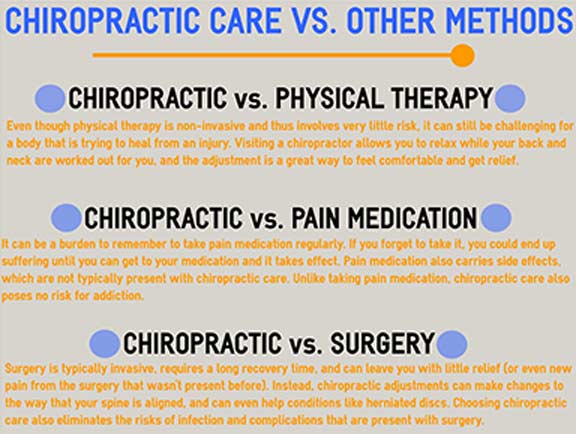As you explore the world of cold laser treatment, you'll discover a realm of opportunities for discomfort alleviation that is both appealing and efficient. laser hair temoval cutting-edge strategy of utilizing light to attend to various ailments may just be the secret to opening a new level of comfort and recovery for you. So, why not discover exactly how this non-invasive treatment is improving the landscape of pain administration and offering hope to those looking for natural solutions for their discomfort?
Recognizing Cold Laser Treatment
To comprehend cold laser therapy, you should comprehend the basic concepts behind this non-invasive therapy method. Cold laser therapy, likewise called low-level laser therapy (LLLT), makes use of particular wavelengths of light to connect with cells. The light power permeates the skin and is absorbed by cells, triggering a collection of organic reactions. These reactions assist advertise healing, minimize inflammation, and minimize discomfort.
The vital to comprehending cold laser treatment depends on its ability to stimulate mobile feature. When the light power is soaked up by cells, it enhances their metabolic rate and increases the manufacturing of ATP, the power resource for cells. This boost in cellular task can cause boosted blood circulation, cells fixing, and discomfort alleviation.
Conveniences of Cold Laser Therapy
Utilizing certain wavelengths of light, cold laser treatment offers a variety of advantages for pain relief and healing. One of the crucial benefits of cold laser therapy is its non-invasive nature. Unlike procedures, cold laser treatment doesn't need cuts, making it a safer and much more comfy option for lots of clients.
Additionally, cold laser treatment is known for its ability to minimize inflammation. By targeting inflamed areas with concentrated light energy, the treatment aids to decrease swelling and advertise much faster recovery.
Additionally, laser hair therapy ct is a preferred selection as a result of its minimal side effects. Unlike some drugs that can cause adverse responses, cold laser treatment is mild on the body and commonly well-tolerated. This makes it a suitable choice for people looking for an all-natural and low-risk pain relief solution.
An additional considerable benefit is the quick recuperation time associated with cold laser therapy. Since the therapy stimulates the body's natural recovery procedures, patients commonly experience rapid enhancements in their problem without the requirement for extended downtime.
Problems Dealt With With Cold Laser
Cold laser therapy properly deals with a range of conditions ranging from musculoskeletal injuries to chronic pain. For bone and joint injuries like sprains, pressures, and tendonitis, cold laser treatment can help reduce inflammation, eliminate discomfort, and promote cells repair service. It's additionally beneficial for treating arthritis by reducing joint discomfort and rigidity.
In addition, cold laser treatment can aid in speeding up the recovery procedure for injuries and injuries by enhancing blood circulation and promoting cell regrowth.
Chronic discomfort problems such as fibromyalgia, neuropathy, and lower neck and back pain can additionally be successfully taken care of with cold laser therapy. The treatment functions by targeting the resource of discomfort and setting off a biochemical cascade that reduces discomfort level of sensitivity and inflammation.
Additionally, problems like carpal tunnel syndrome, TMJ problems, and plantar fasciitis can benefit from the pain-relieving and anti-inflammatory effects of cold laser treatment.
Conclusion
In conclusion, cold laser therapy is a secure, effective, and non-invasive treatment alternative for pain alleviation.
With its capability to advertise healing, decrease inflammation, and relieve discomfort, this ingenious treatment supplies a natural and low-risk option to operations.
Whether you're handling chronic discomfort, sporting activities injuries, or arthritis, cold laser therapy can supply relief and improve your lifestyle without the requirement for intrusive interventions.
